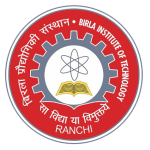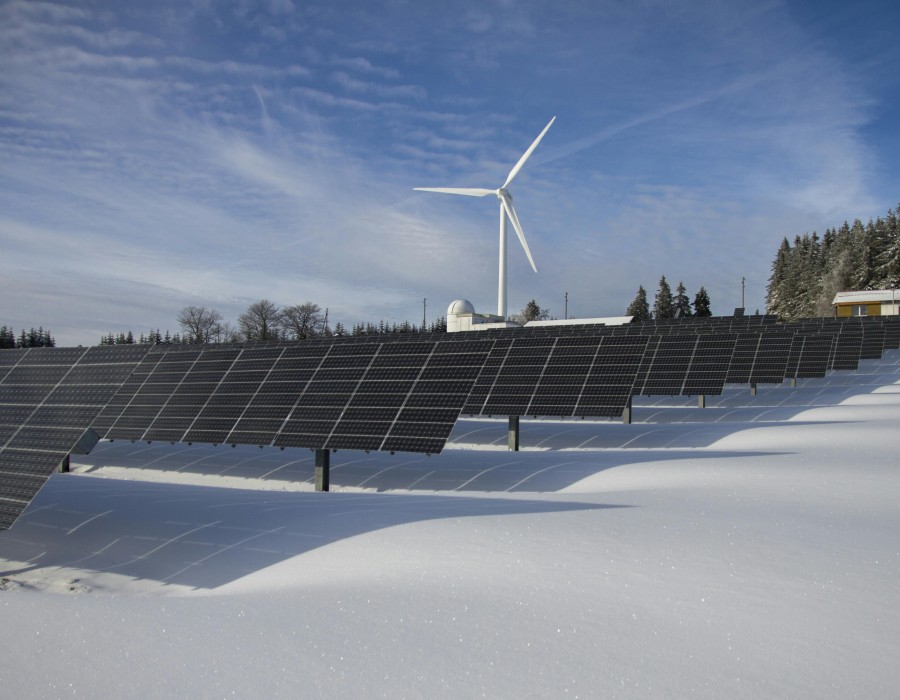India is at a turning point when it comes to how we power our lives. With cities growing, factories expanding, and millions of homes still catching up to a reliable electricity supply, the question is no longer whether we need more energy—it’s how we’ll generate it. On one side, we have renewables like solar and wind. On the other, nuclear power—steady, powerful, but often debated. So, instead of asking which one is better, maybe the real question is: can both work together to meet our future needs?
The Solar and Wind Rush
There’s no doubt that solar and wind energy have come a long way. A decade ago, they were seen as expensive or unreliable. Now, they’re at the heart of India’s clean energy plans. Solar panels have made their way onto rooftops, village schools, railway stations, and even airports. Massive solar farms stretch across dry, open land, while wind turbines turn slowly along our coastal belts.
These energy sources are clean, don’t produce pollution while running, and are easier to set up in many places. Plus, the cost of solar has dropped so much that it’s now one of the cheapest ways to make electricity. That’s helped bring power to many remote places where building a big power plant just isn’t practical.
But renewables have their limits. The sun doesn’t shine at night, and the wind doesn’t always blow. That means we still need ways to store the energy or back it up with something more reliable. Battery storage is getting better, but it’s still expensive. And large solar and wind projects take up a lot of land, which can lead to clashes with farmers or concerns about nature and wildlife.
Why Nuclear Still Has a Place
This is where nuclear energy holds an edge. It can produce electricity all day, every day, no matter the weather. That makes it a strong option for supplying consistent power to cities, industries, hospitals, and transportation networks. India has been using nuclear power for years now, with reactors already running in several states and more being planned.
One thing that sets India apart is its focus on using thorium—a metal found in abundance here—as a fuel source. Unlike uranium, thorium is safer and leaves behind less harmful waste. Our scientists have spent decades working on this, and it could give us a cleaner, more homegrown option in the future.
That said, nuclear power isn’t without concerns. It takes a lot of money and time to build a nuclear plant. People worry about accidents, even though today’s systems are far more secure than those from past decades. And there’s the tricky issue of how to handle the radioactive waste left behind, which has no simple solution yet.
Do We Really Have to Choose One?
Not really. If we look closely, solar, wind, and nuclear each serve different roles. Renewables are great for homes, schools, villages, and even cities during the day. They can cut down pollution and bring energy closer to where it’s used. Nuclear, on the other hand, is a strong base that keeps the grid stable and dependable. It’s especially important when the sun goes down or when renewables dip unexpectedly.
Think of it like a balanced diet. You need variety to stay healthy. A smart energy plan would include both fast-growing, flexible sources like solar, and reliable power from nuclear plants. It’s not either/or—it’s both, working together.
Training the Next Generation
For all of this to work, we need people who understand how these systems function and how to build and manage them. That’s where education steps in. Across the country, engineering colleges are expanding their focus into energy science, sustainability, and nuclear technology. Many of the best private engineering colleges in India are already preparing students to take on real-world challenges in energy management, power systems, and safety design.
Young minds entering this field today won’t just be building power plants—they’ll be shaping how our country lights up in the years to come.
What Lies Ahead
Energy is not just about electricity. It’s about opportunity, development, and better lives. As we move forward, India doesn’t need to pick sides between nuclear and renewable energy. What we need is a plan that’s flexible, dependable, and fits the needs of a growing nation.
With careful planning, real public dialogue, and investments in smart infrastructure, India can create an energy system that’s clean, balanced, and built to last. The road ahead isn’t simple, but it’s full of possibility—and it’s ours to shape.






Comments